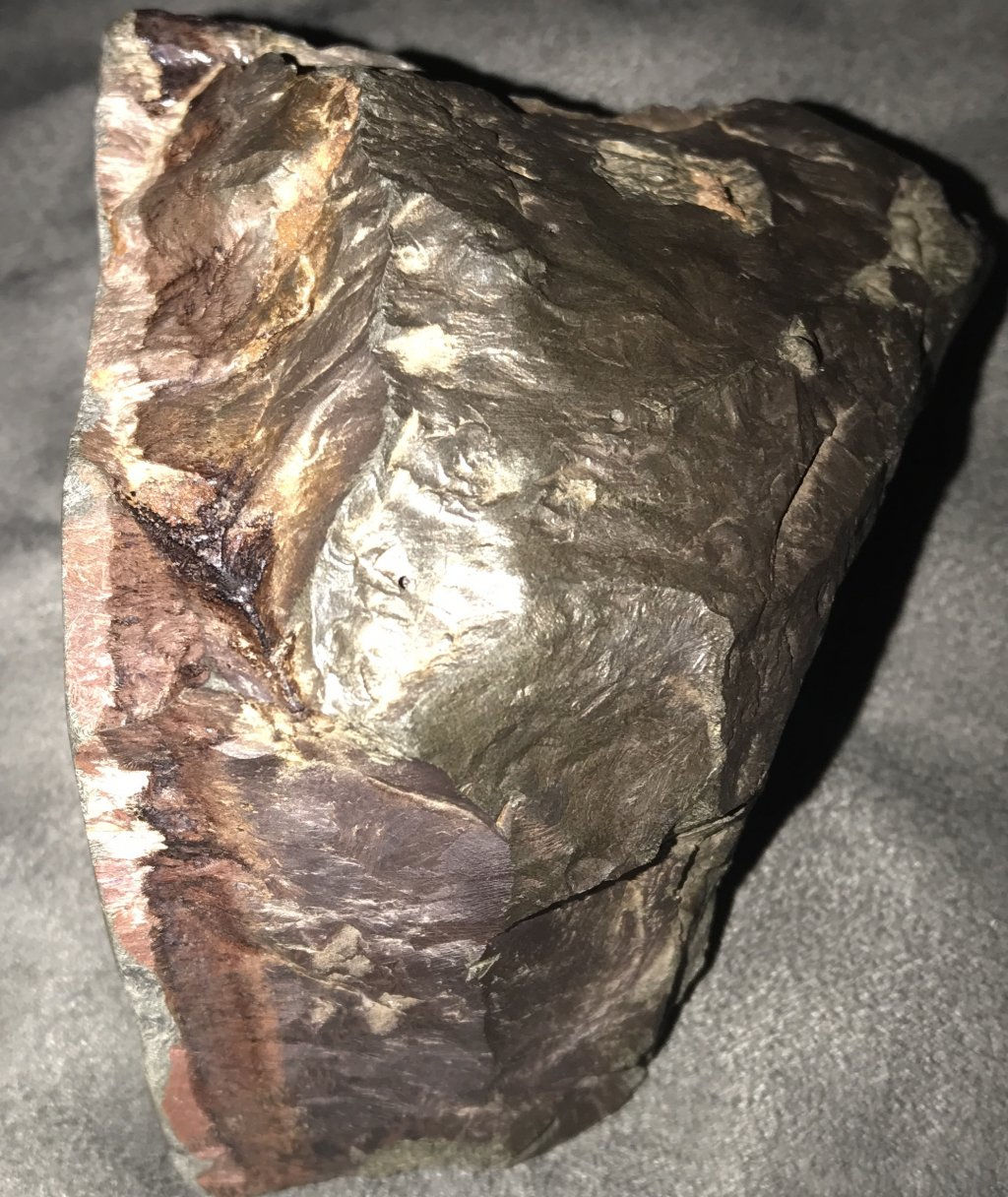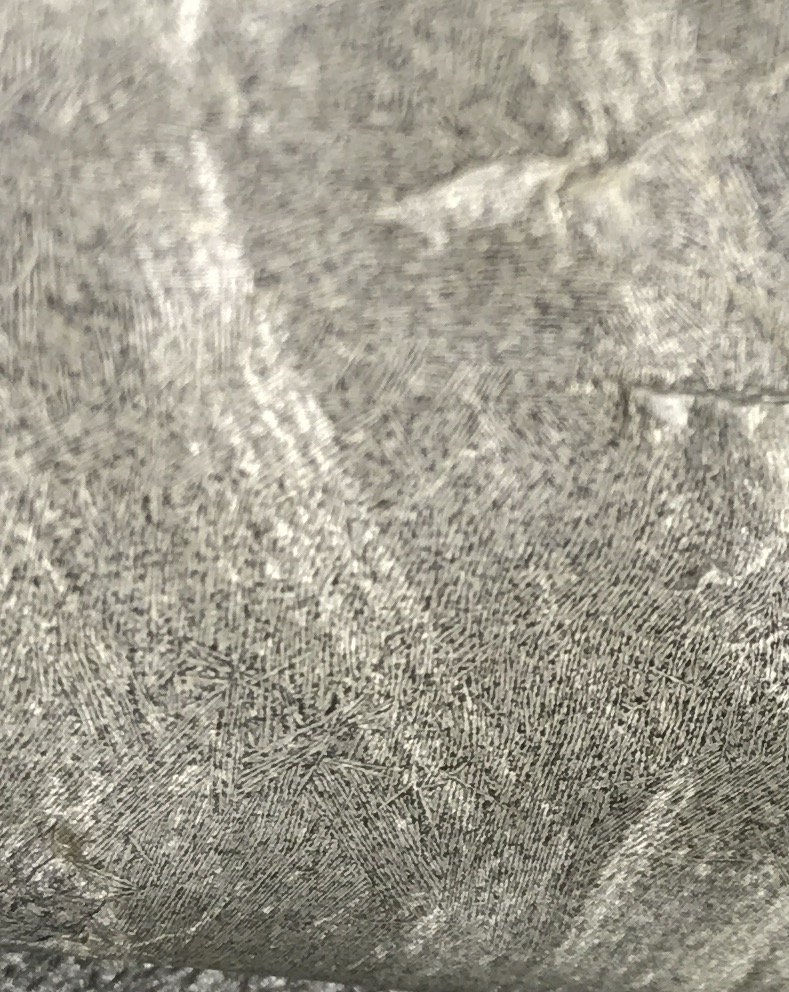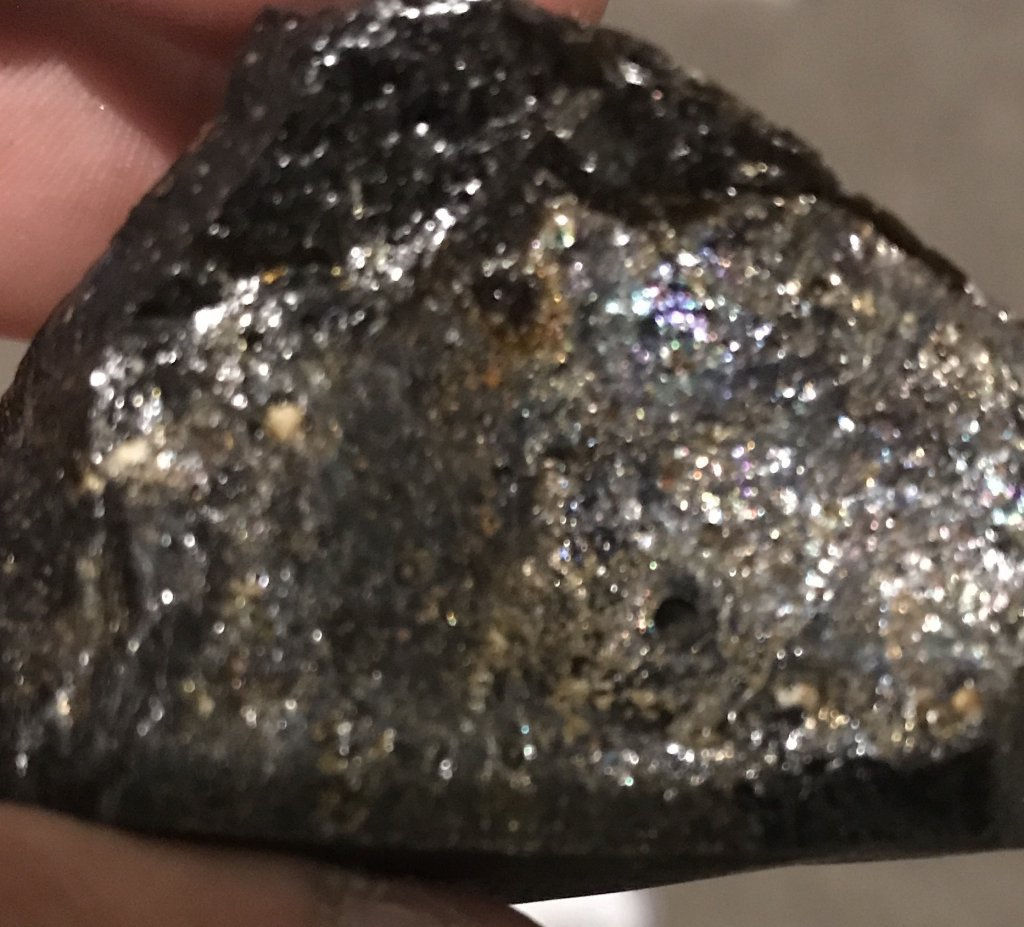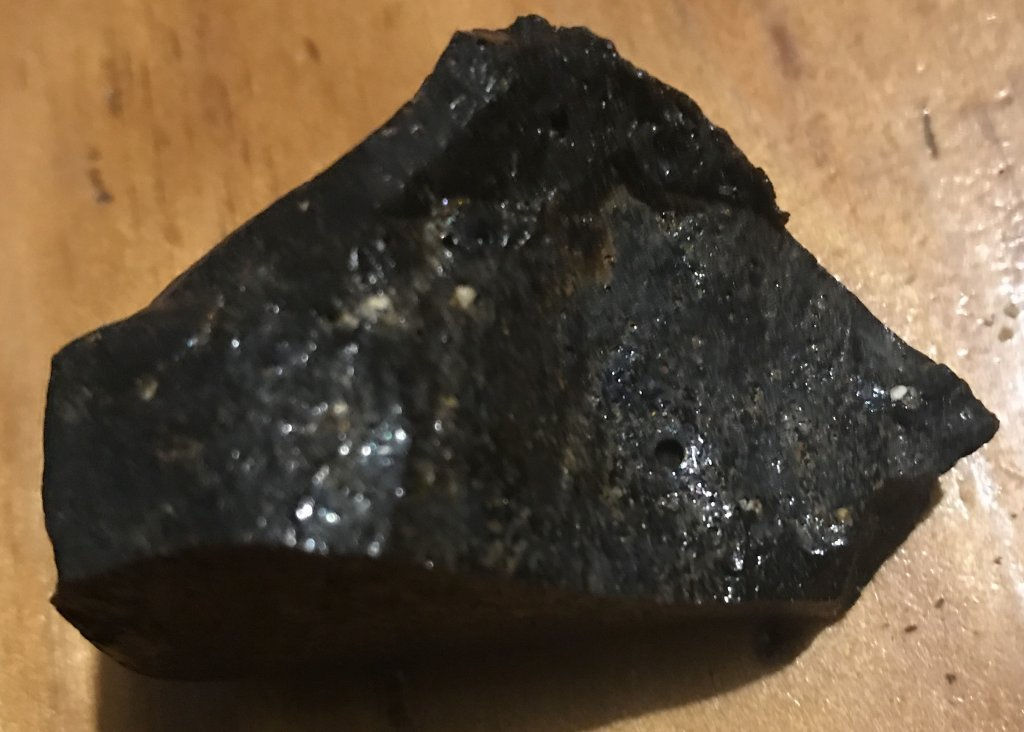picture no2 looks like iron that is melted in a crucible ,the needle like crystals i think are called dendrites
Woah there useit one at a time!
Identifying minerals is like a sport and there are rules and if the rules are not followed success cannot be guaranteed let alone be expected. The same minerals and their general classes can have very different appearances etc. so the best way to identify them is to follow the rules!
Those rules are a series of standard tests that in some cases may be diagnostic and in other cases eliminate other potential candidates.
The rules (tests) for identifying minerals are quite basic and most can be done or at least attempted by us here so I think it reasonable to ask anyone wanting to have minerals identified on this forum try to provide answers to as many of the standard tests as possible together with the posting of a focused, close up and naturally lit photograph of the specimen.
Goldierocks has pointed out here he has a large thread under his name about identification and some of the tests possible.
For your information the basic test list is as follows.
Colour, Hardness, Lustre, Specific Gravity, Streak, Smell, Taste, Magnetism, Effervesence, Cleavage/Fracture, Fluorescence, etc.
Other information would be any unusual properties noted and very importantly the geological context or location in which it was discovered.
I would recommend that you repost each specimen singly with answers to as many of the tests that you can perform as possible.


















